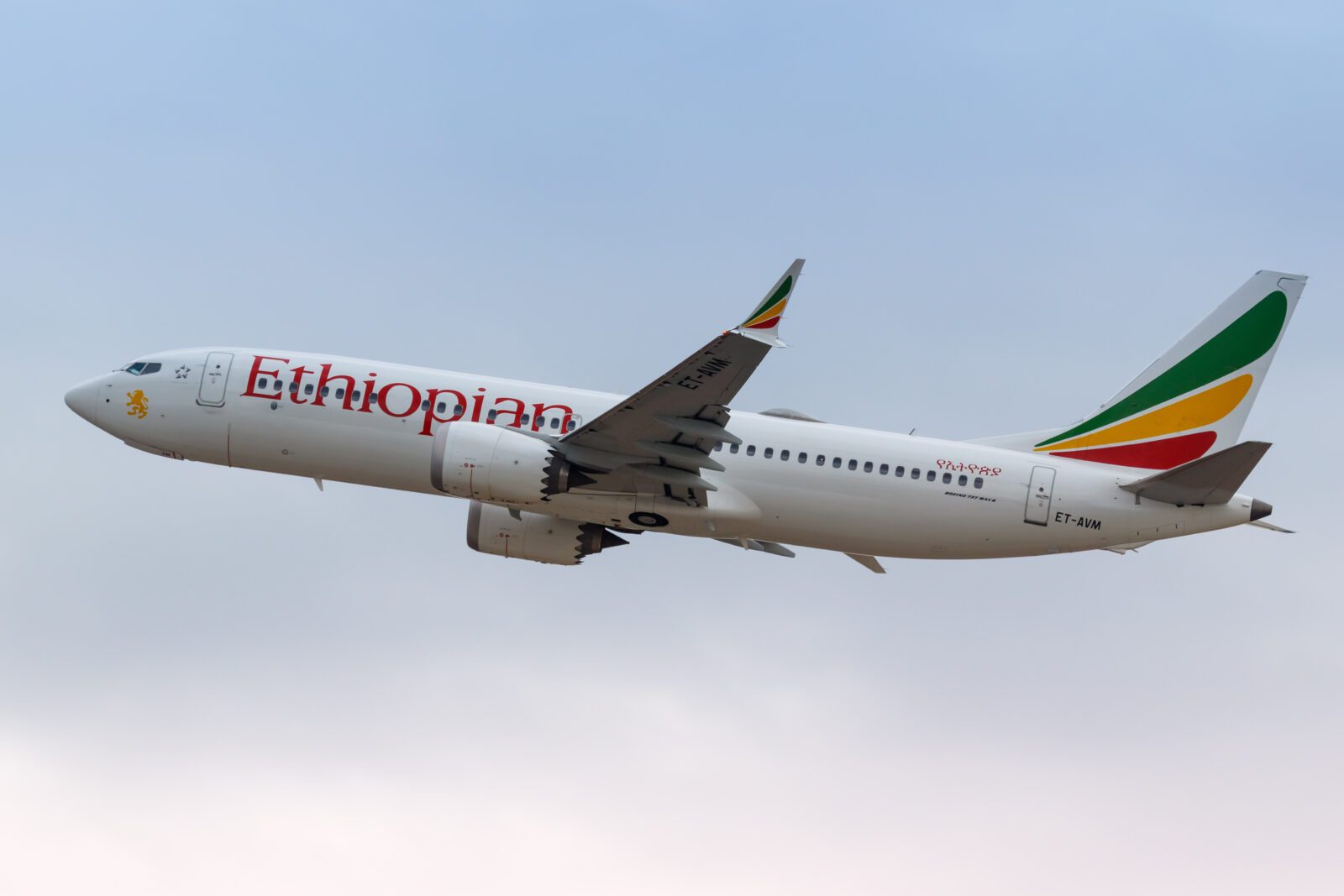
The Federal Aviation Administration (FAA) says it is closely monitoring ‘targeted’ inspections of newer Boeing 737 MAX jets after an unnamed foreign operator of the aircraft type discovered a bolt with a missing nut in the rudder control system. The issue was discovered during routine maintenance.
The same airline then discovered that a nut in the rudder control system had not been properly tightened in a brand-new aircraft that was yet to be delivered to the carrier.
Fearing that this may not be an isolated incident, Boeing has now issued a Multi-Operator Message urging airlines that fly the 737 MAX to carry out an inspection of the rudder control system and make sure there aren’t any loose bolts or nuts.
In a statement, the FAA said on Thursday that it would remain in contact with both Boeing and the affected airlines while the inspections are underway. The agency has also asked affected airlines to review maintenance records to see whether any ‘loose hardware’ was previously detected but not reported to Boeing.
Boeing declined to say how many aircraft were impacted or what airlines were affected,
In a statement, a spokesperson for the aerospace giant noted: “The issue identified on the particular airplane has been remedied.”
“Out of an abundance of caution, we are recommending operators inspect their 737 MAX airplanes and inform us of any findings. We informed the FAA and our customers and will continue to keep them aware of the progress”.
It should take engineers just two hours to inspect each aircraft, and the inspections are not expected to have an impact on flight schedules.
Manufacturing defects have marred the 737 MAX with a series of groundings and inspections ordered for the aircraft type. In April, Boeing suspended the delivery of some 737 MAX jets because of a new quality control issue that had been detected by a third-party supplier.
Spirit AeroSystems discovered a problem with two of the eight fittings that attach the tailfin (vertical stabilizer) to the fuselage. The problem could have affected planes built since 2019, although no immediate safety issue was reported.
In 2021, 16 airlines were ordered to ground some 737 MAX planes due to a manufacturing problem with the electrical power system and in 2019, a potential problem with a specific part known as the ‘slat tracks’ was also discovered.
The most high-profile issue with the 737 MAX was, however, a supposed safety system called MCAS, which was designed to enhance pitch stability and makethe plane feel and fly like older versions of the popular 737 single-aisle aircraft range.
MCAS was blamed for the fatal crash of Lion Air flight JT610, which crashed into the Java Sea shortly after takeoff on October 29, 2018, killing all 189 passengers and crew onboard.
Less than six months later, MCAS was responsible for the crash of Ethiopian Airlines flight 302 just six minutes after takeoff from Addis Ababa International Airport, killing all 157 passengers and crew.
In both accidents, a blocked ‘angle of attack’ sensor fed incorrect data into MCAS
Related
Mateusz Maszczynski honed his skills as an international flight attendant at the most prominent airline in the Middle East and has been flying ever since... most recently for a well known European airline. Matt is passionate about the aviation industry and has become an expert in passenger experience and human-centric stories. Always keeping an ear close to the ground, Matt's industry insights, analysis and news coverage is frequently relied upon by some of the biggest names in journalism.







